High-speed steel is a high-alloy steel containing large amounts of carbon (C), tungsten (W), molybdenum (Mo), chromium (Cr), vanadium (V) and other elements. It has high hardness after heat treatment. When the cutting temperature reaches over 600°C, the hardness does not drop significantly, and the cutting speed of tools made with it can reach 60m/min, hence the name high-speed steel.
M2 is a molybdenum series high-speed steel, which is mostly used to make tools for cutting difficult materials.
M42 is a high-cobalt toughness high-speed steel, mainly used for high-toughness precision wear-resistant hardware cold stamping dies
Both steel have the good toughness , wear-resistance and hardness . But it have some difference between it’s application area , properties and cost . This article mainly compares the differences details between M2 vs M42 steel.
Chemical composition M2 vs M42 steel
| C | Si | Mn | S | P | Cr | Mo | V | W | Co | |
| M2 | 0.78-0.88 | 0.20-0.45 | 0.15-0.40 | ≤0.030 | ≤0.030 | 3.75-4.50 | 4.50-5.50 | 1.75-2.20 | 5.50-6.75 | / |
| M42 | 1.05-1.15 | 0.15-0.65 | 0.15-0.40 | ≤0.030 | ≤0.030 | 3.50-4.20 | 9.00-10.00 | 0.95-1.35 | 1.15-1.85 | 7.75-8.75 |
Cr is approximately 4% in almost all high-speed steels.
And the biggest difference between M2 and M42 steel is the content of Cobat(Co) and Molybdeum(Mo) and Tungsten(W). Mo and W have a similar effect on the properties of steel. Meanwhile , both Mo and W are the most important composition which imporve the toughness of steel . However, since Mo is much more expensive than W, in order to consider the cost in the production of high-speed steel, W is used in most cases, and then Mo is used to replace part of W to improve toughness. This is tungsten Molybdenum high speed steel, like M2, M4, SKH51, SKH55, etc. All belong to tungsten-molybdenum high-speed steel, and tungsten-molybdenum high-speed steel has a higher overall cost performance.
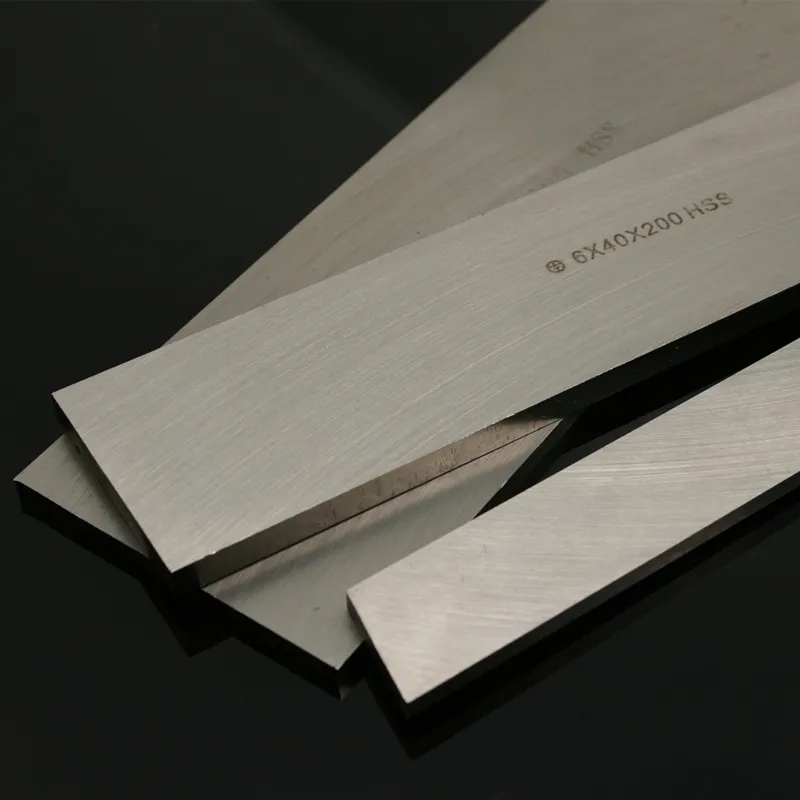 But there is another element that has a more significant effect on improving hardness than Mo and W, that is Co. Co does not produce carbides with carbon, but it will dissolve in the steel, greatly improving the hardness of the steel. It is precisely because of the importance of Co that high-speed steel can be directly divided into two categories, cobalt-containing high-speed steel and cobalt-free high-speed steel. The reason is that Co can significantly improve the red hardness of steel, thereby improving the wear resistance of high-speed steel at high temperatures.
But there is another element that has a more significant effect on improving hardness than Mo and W, that is Co. Co does not produce carbides with carbon, but it will dissolve in the steel, greatly improving the hardness of the steel. It is precisely because of the importance of Co that high-speed steel can be directly divided into two categories, cobalt-containing high-speed steel and cobalt-free high-speed steel. The reason is that Co can significantly improve the red hardness of steel, thereby improving the wear resistance of high-speed steel at high temperatures.
Performance difference M2 vs M42 steel
Hardness :
M2 This steel is easy to heat treat, has little decarburization after heat treatment, and can achieve the maximum Rockwell hardness is HRC65
M42 can be heat treated to a higher hardness (HRC65-67) than any other high-speed steel and achieve the highest level of hardness.
Wear-resistance:
The addition of Co composition makes M42 much more better wear-resistant than M2.
Toughness
As for toughness, M2 already has very good toughness, but because the Mo content is much higher than M2, M42 has the highest toughness among high-speed steels.
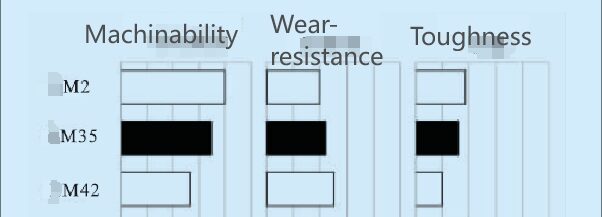 Application difference M2 vs M42 steel
Application difference M2 vs M42 steel
M2 tool steel is the most commonly used high-speed steel. This steel is easy to heat treat, has little decarburization after heat treatment, which is mainly used for cutting tools and is suitable for processing under high-speed and high-temperature conditions.
Applications of M2 : drills, reamers, taps, gear cutters, lathe tools, broaches, boring tools, punches, milling cutters, etc.
M42 tool steel adds 7.75%-8.75% cobalt to increase hardness and toughness. At the same time, the addition of cobalt can produce sharper cutting edges and extend tool service life.
Because of this, M42 tool steel is also suitable for machining stainless steel, high hardness and difficult-to-machine alloys in heavy-duty and high-volume applications.
Applications of M42 : milling cutters, broaches, taps, drills, reamers, punches, saws, cutting tools and thread rolling dies.
Cost difference
M2 as a common ordinary high speed steel , the price is cheaper than M42. M42 add Co , more molybdenum. And becasue of China lacks cobalt resources, and cobalt high-speed steel like M42 is expensive 5-8 times than ordinary high-speed steel.
In Conclusion
The main difference between M2 vs M42 is the different alloy composition ratios. M42 has a more complex process and a higher price. Relatively speaking, M42 has higher mechanical performance indicators, better hardness, wear resistance, and impact resistance. . However, M2 is a relatively cost-effective high-speed steel. If the budget is limited and the performance requirements are not very high, people can choose M2.
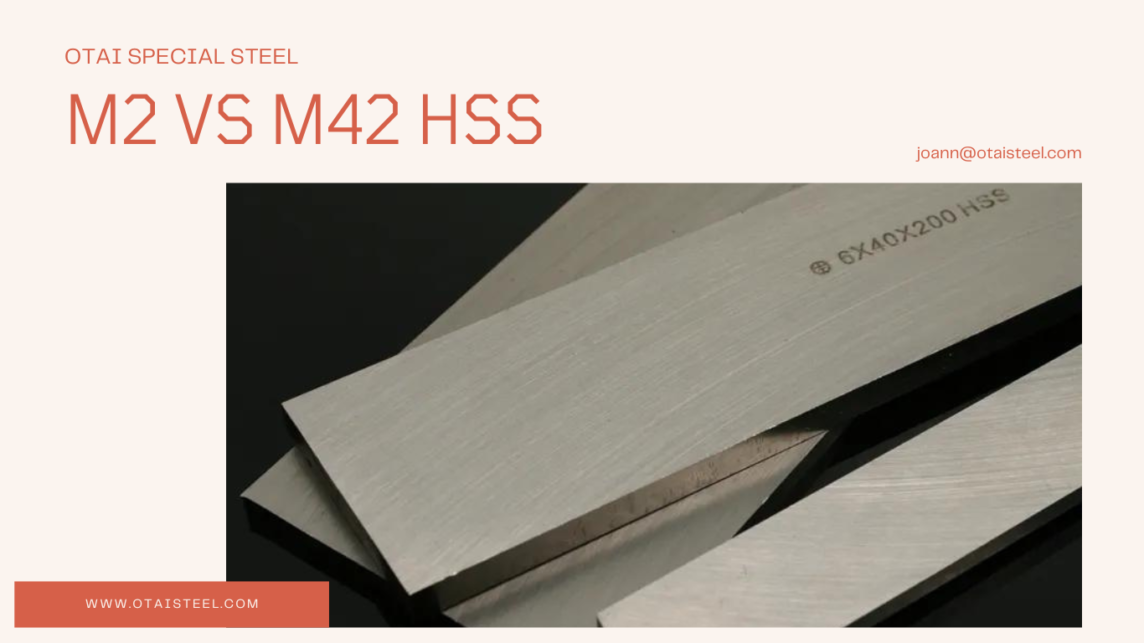
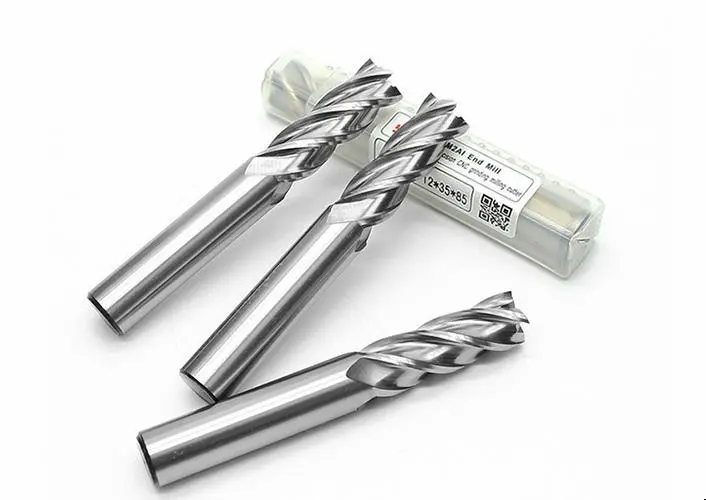
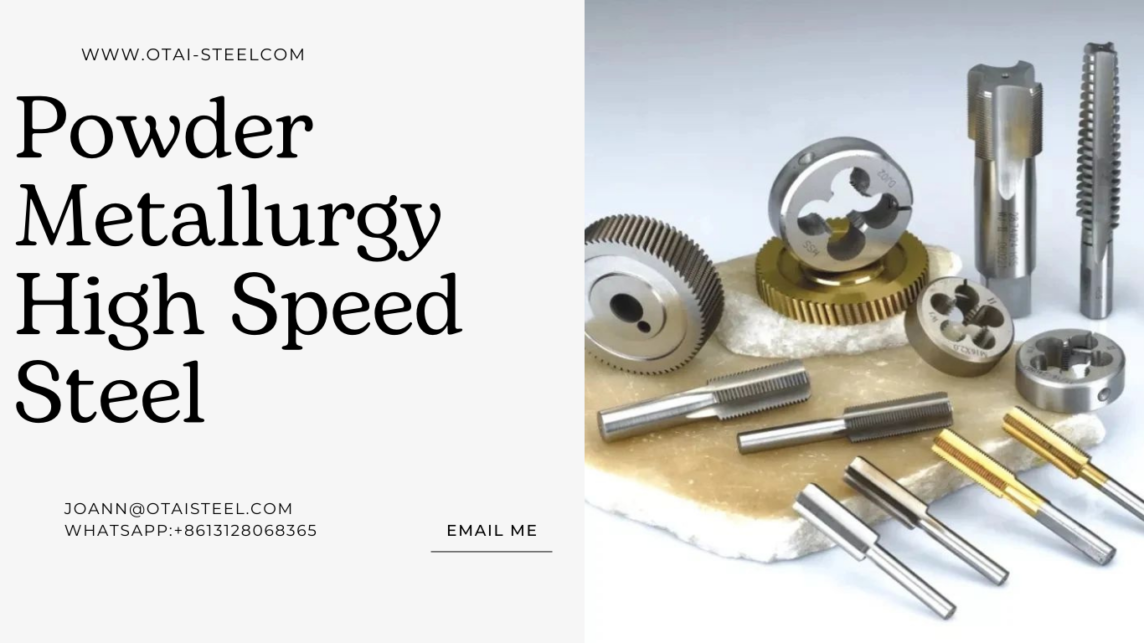
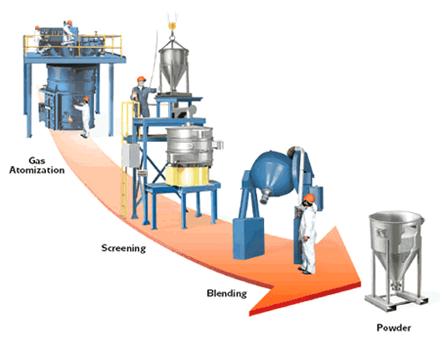
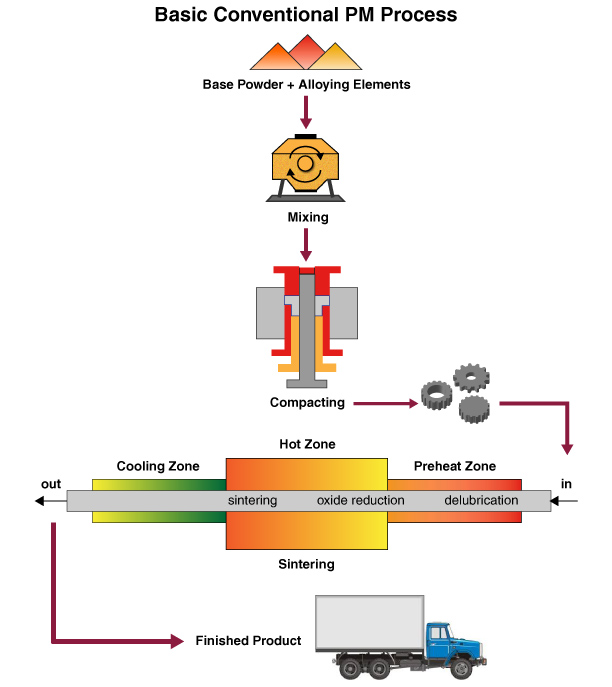
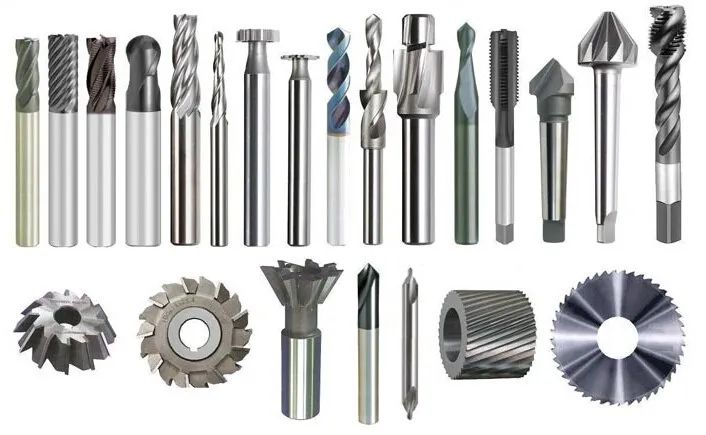
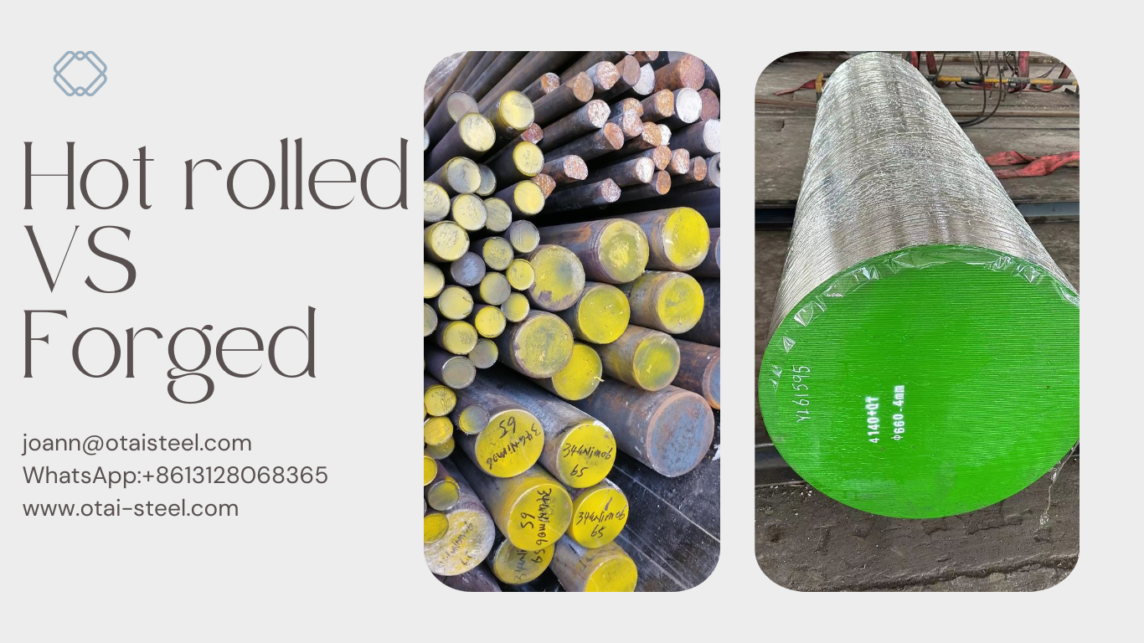
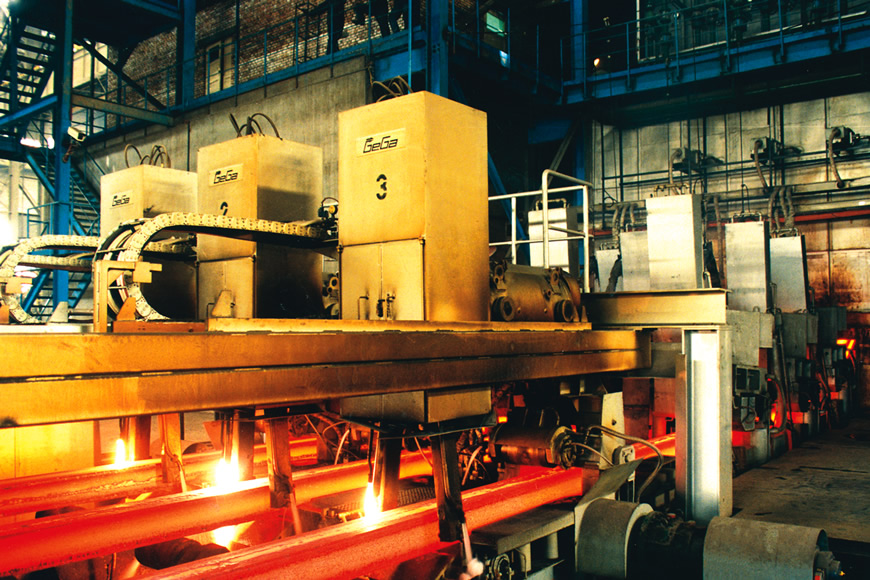 Advantages of hot rolled
Advantages of hot rolled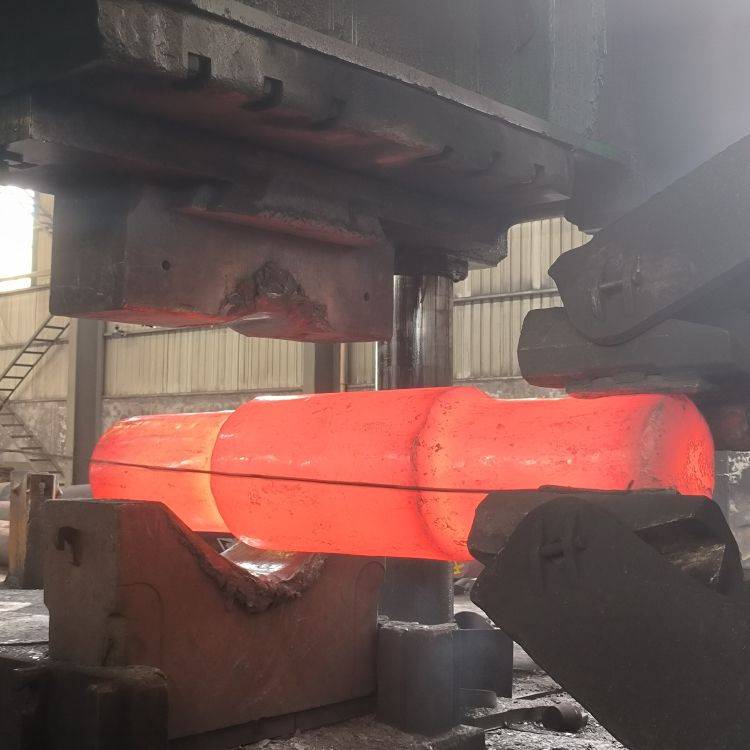 Advantages of forged
Advantages of forged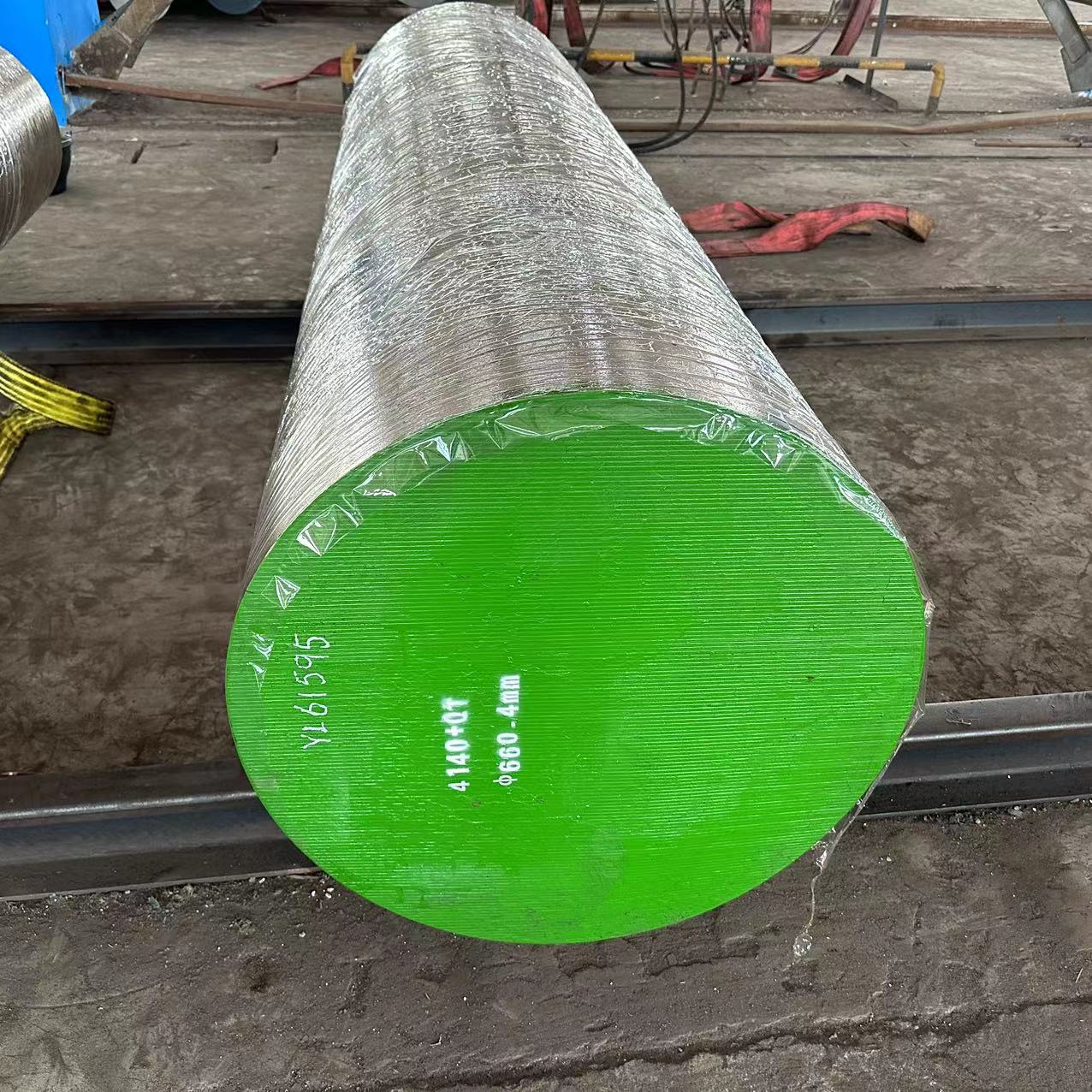 How to choose?
How to choose?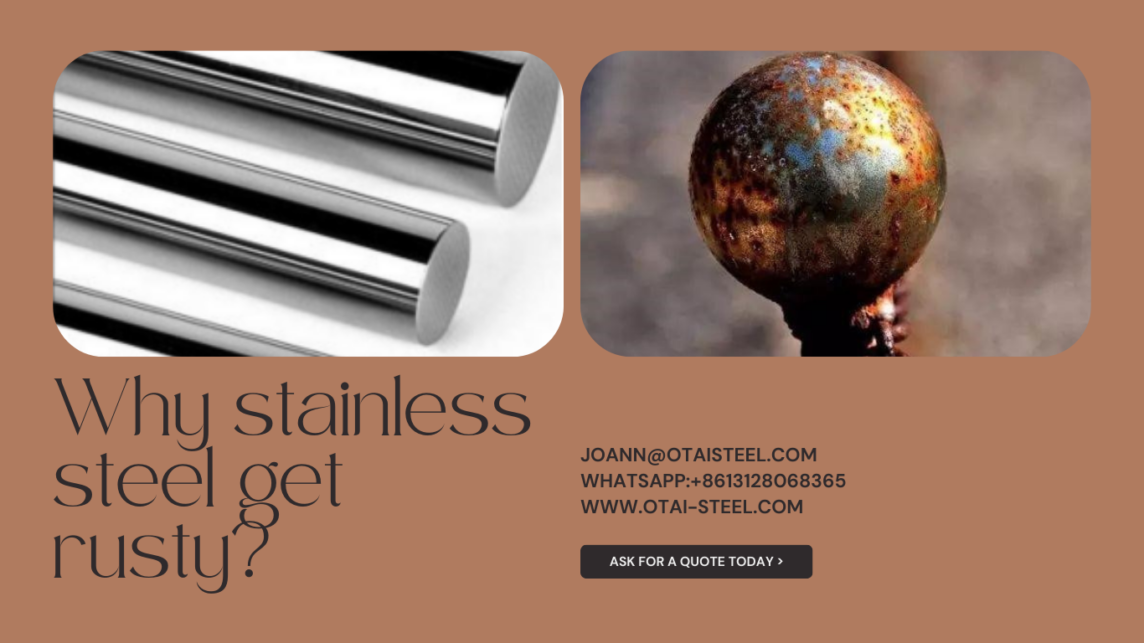
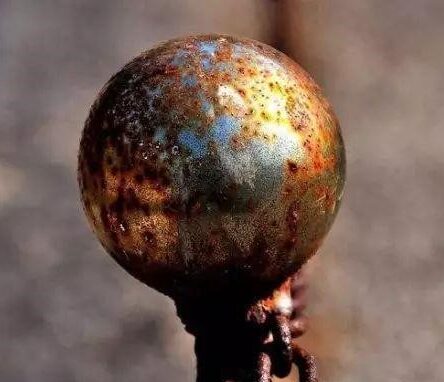
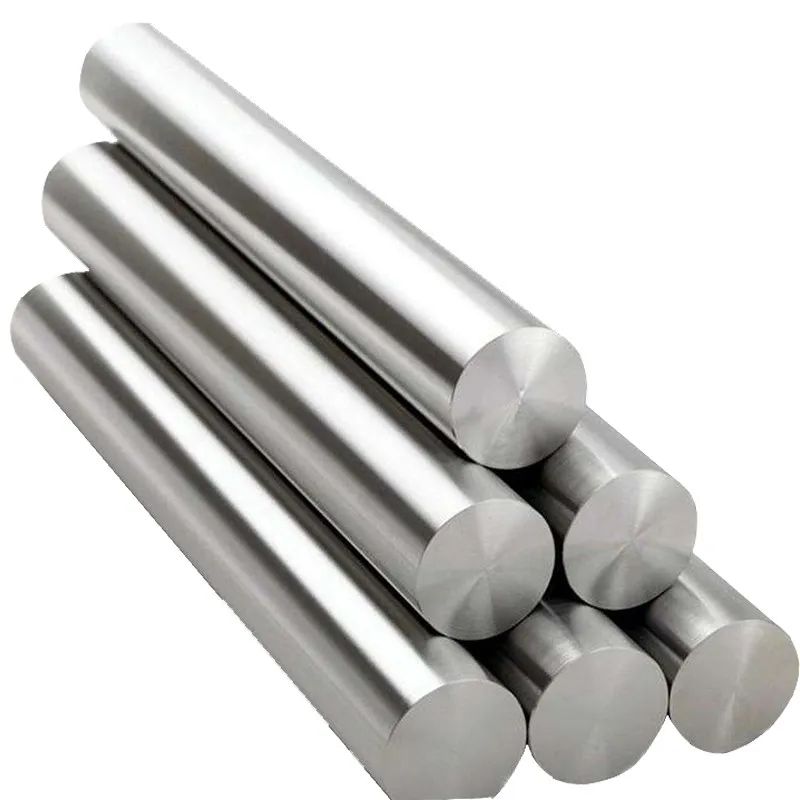
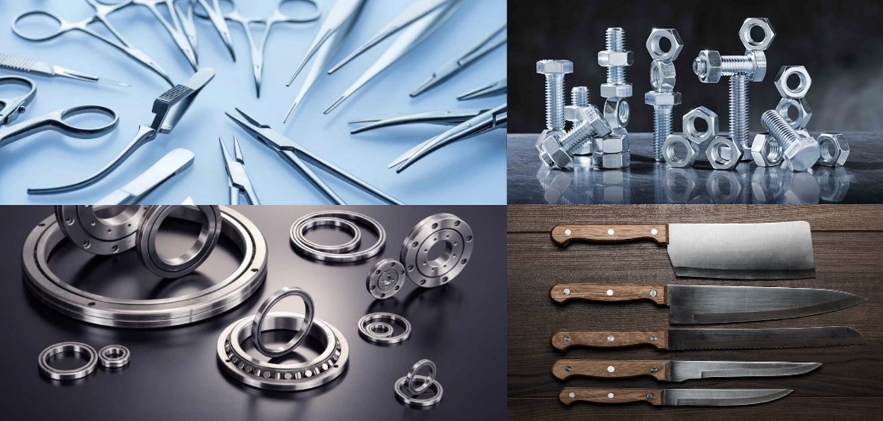
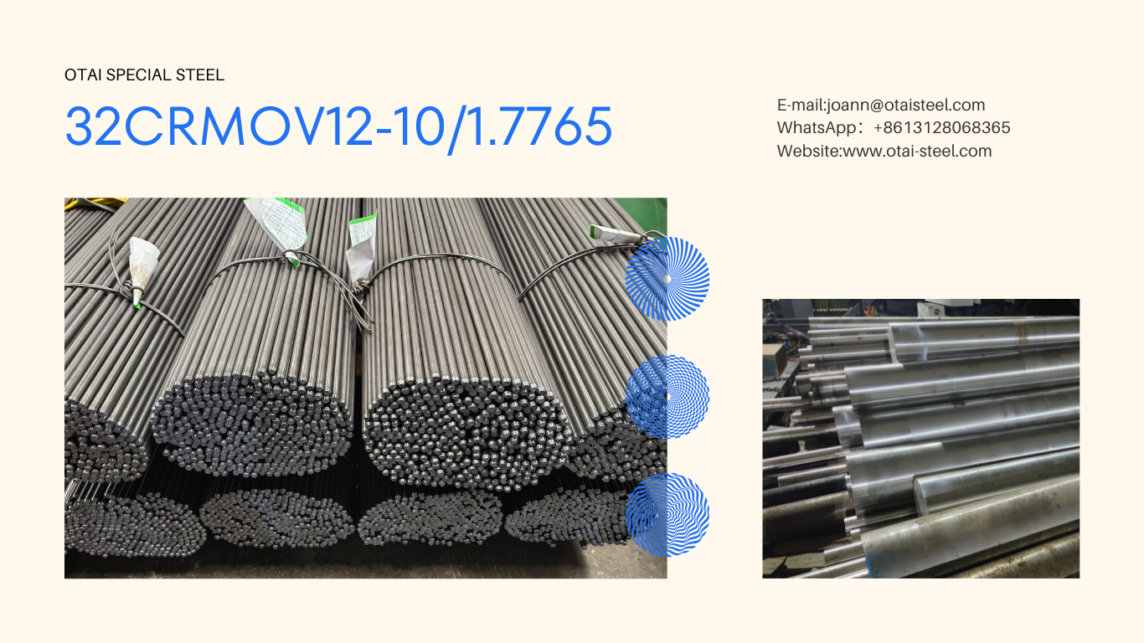
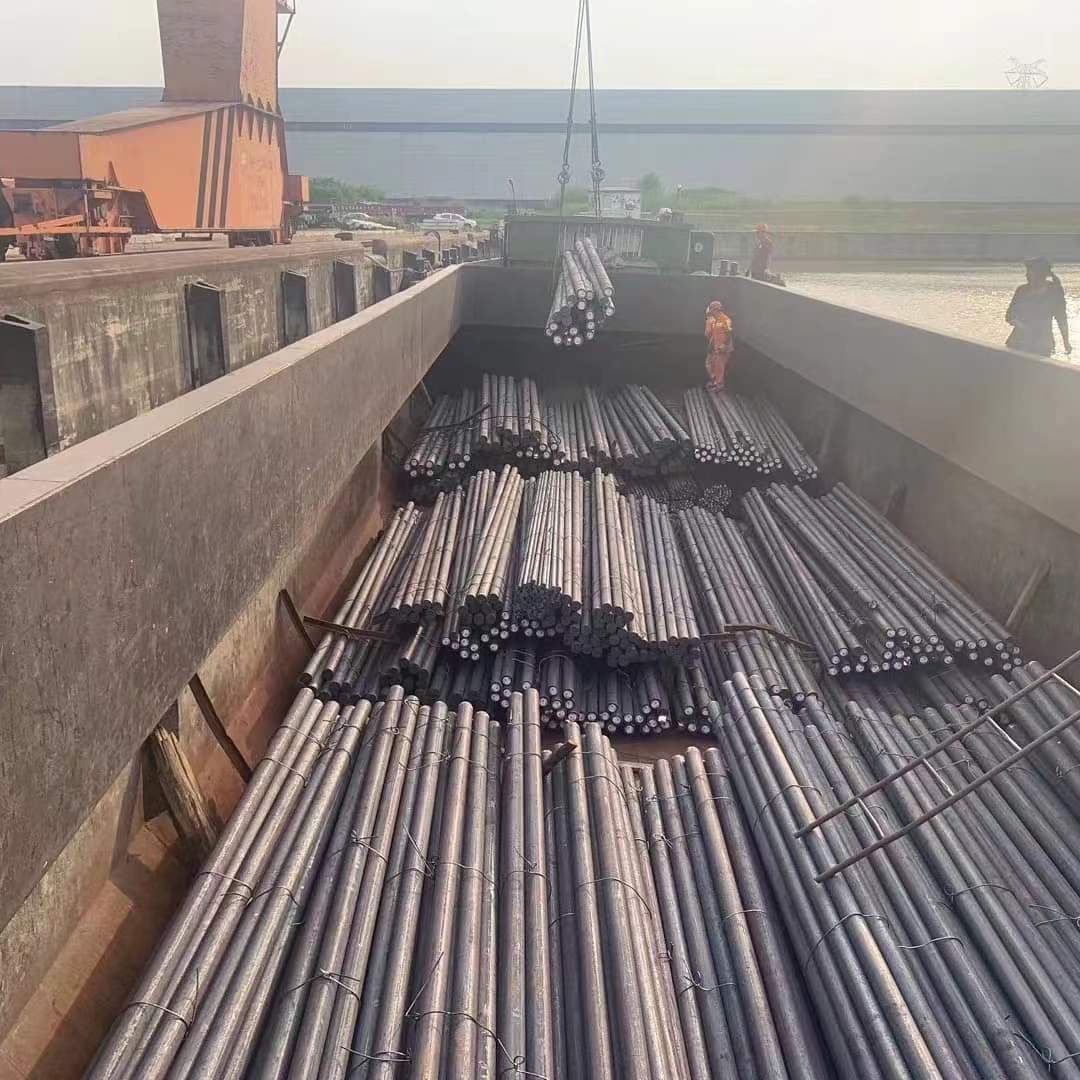 Heat treatment about 32CrMoV12-10
Heat treatment about 32CrMoV12-10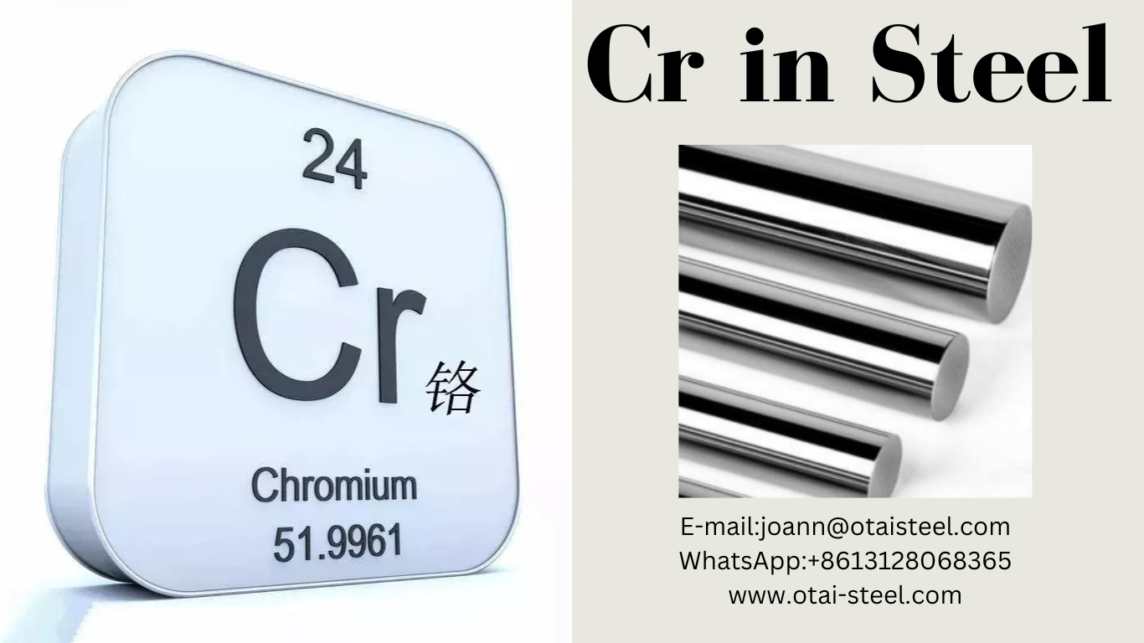
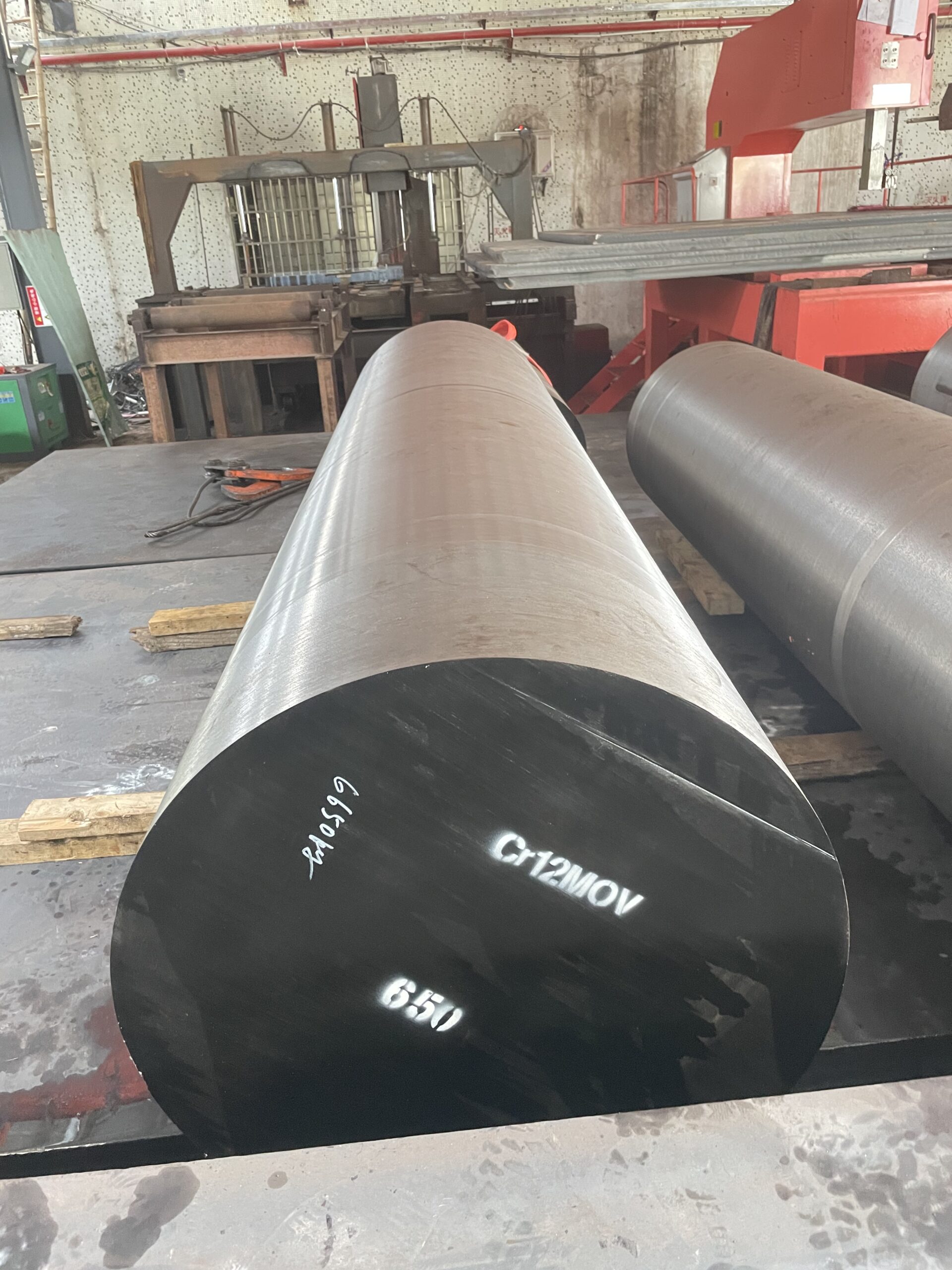 Improve the strength and hardness of steel. Chromium can improve the strength and hardness of carbon steel in its rolling state, and reduce the elongation and area shrinkage. When the chromium content more than 15%, the strength and hardness will decrease, and the elongation and area reduction will increase accordingly. Parts containing chromium steel can easily obtain higher surface processing quality after grinding.
Improve the strength and hardness of steel. Chromium can improve the strength and hardness of carbon steel in its rolling state, and reduce the elongation and area shrinkage. When the chromium content more than 15%, the strength and hardness will decrease, and the elongation and area reduction will increase accordingly. Parts containing chromium steel can easily obtain higher surface processing quality after grinding.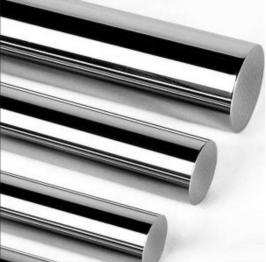
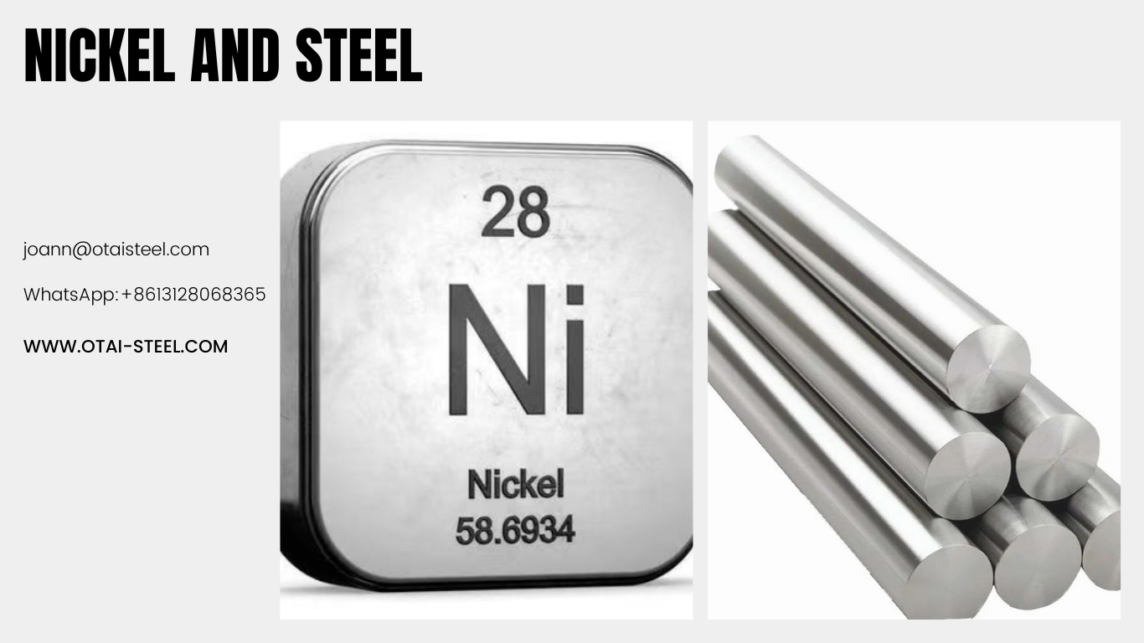
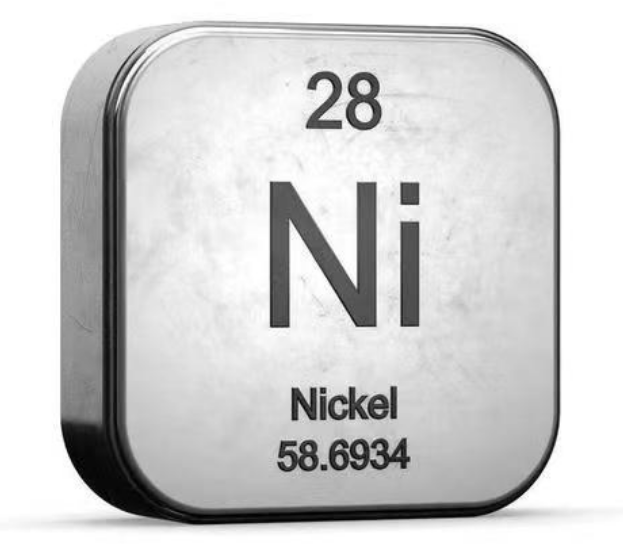

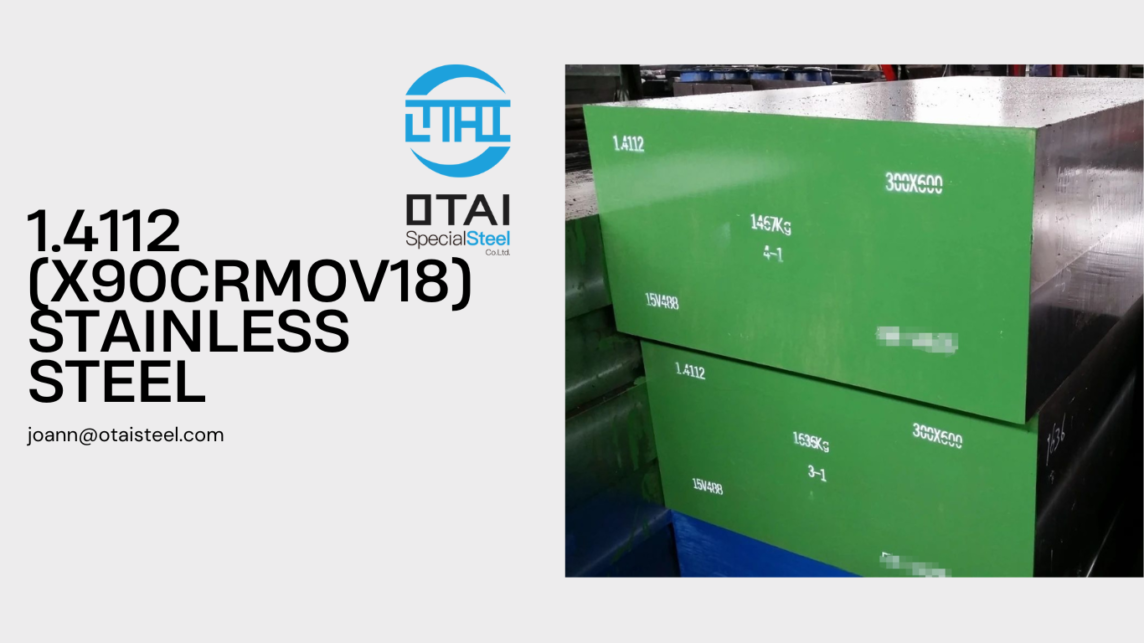
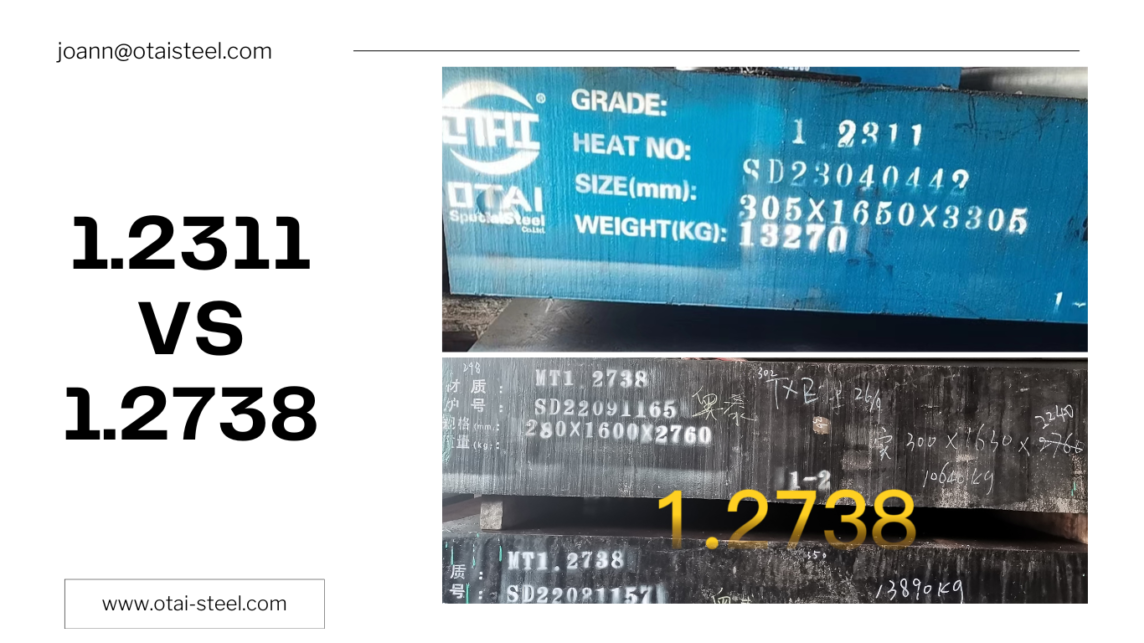
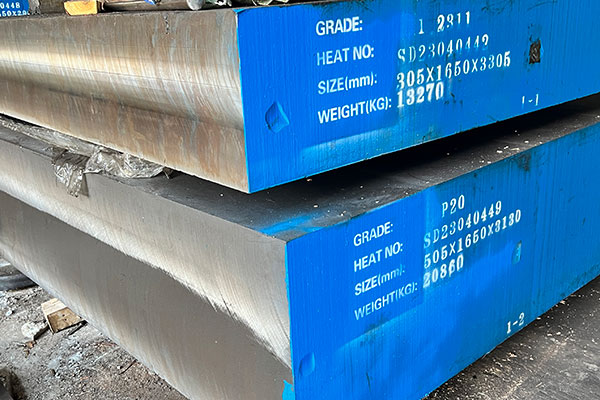 Mechanical Properties 1.2311 VS 1.2738 steel :
Mechanical Properties 1.2311 VS 1.2738 steel :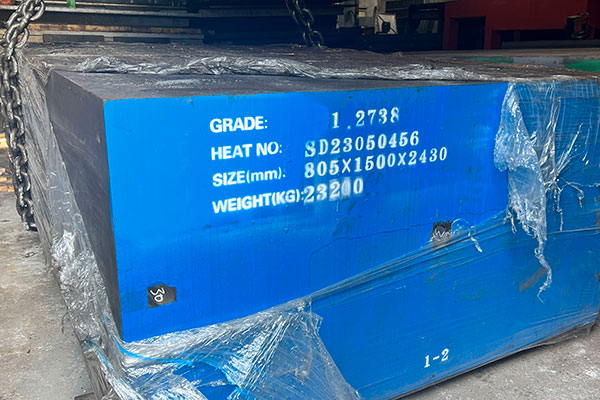 1.2738 Steel:
1.2738 Steel: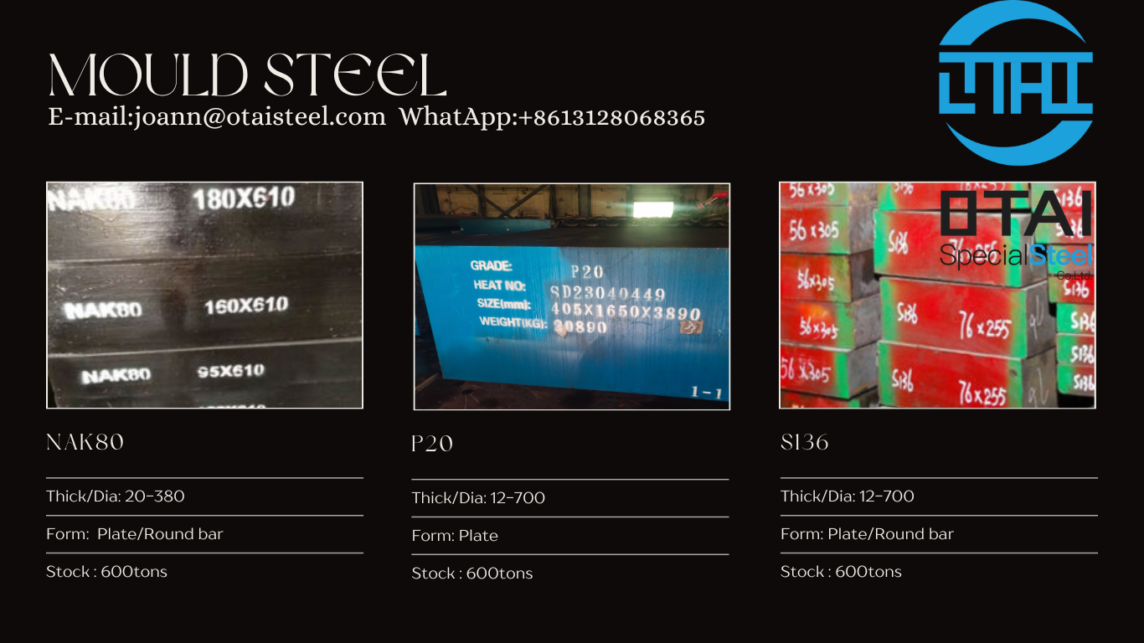
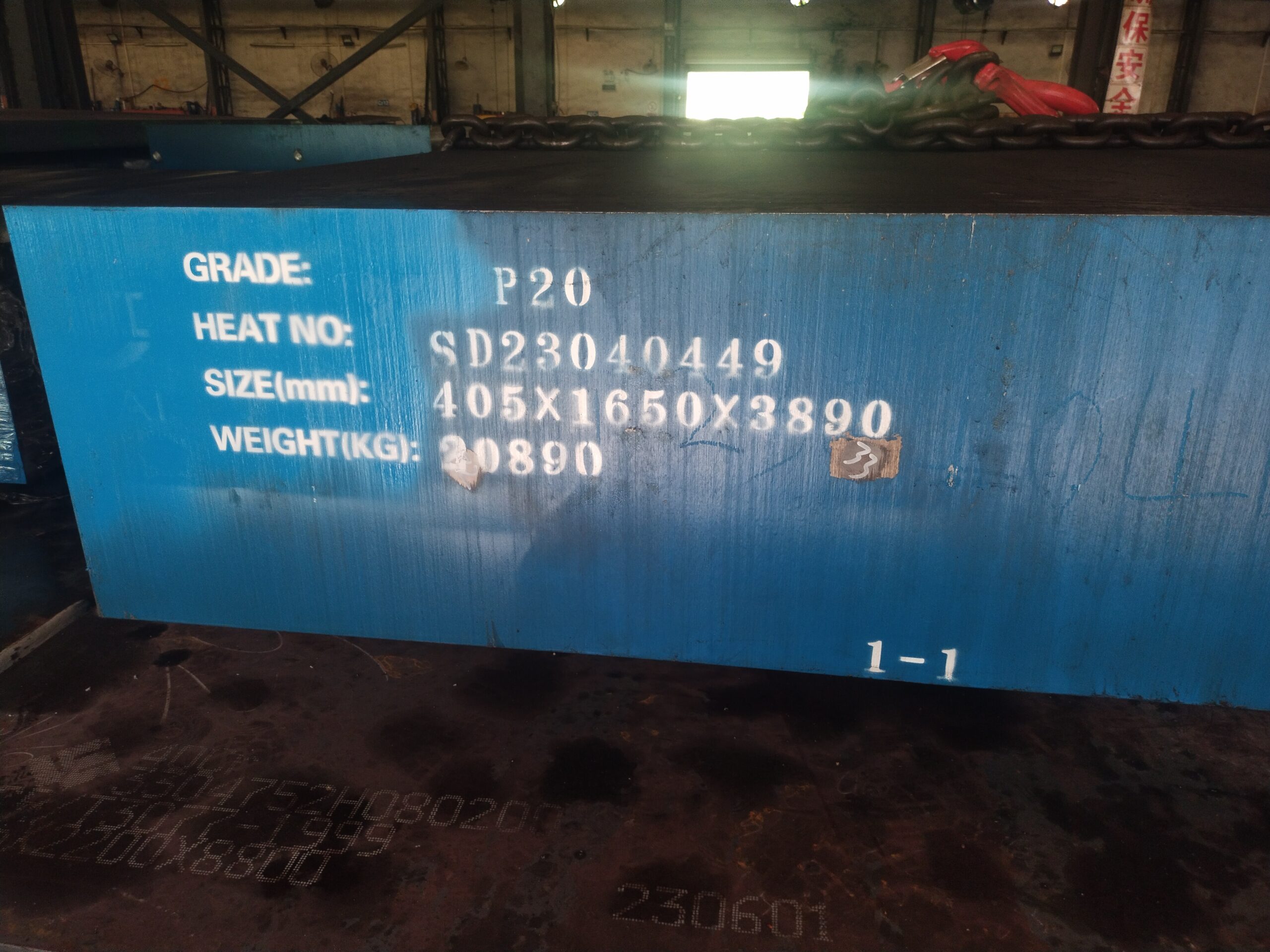 S136 steel is chromium-nickel-molybdenum-vanadium alloy steel. As a high-quality plastic mold steel, S136 is widely used in injection molds, extrusion molds, blow molds and other fields. This mold steel has excellent corrosion resistance, polishability, wear resistance, and machinability, making it an ideal choice for manufacturing high-quality, high-precision plastic products.
S136 steel is chromium-nickel-molybdenum-vanadium alloy steel. As a high-quality plastic mold steel, S136 is widely used in injection molds, extrusion molds, blow molds and other fields. This mold steel has excellent corrosion resistance, polishability, wear resistance, and machinability, making it an ideal choice for manufacturing high-quality, high-precision plastic products.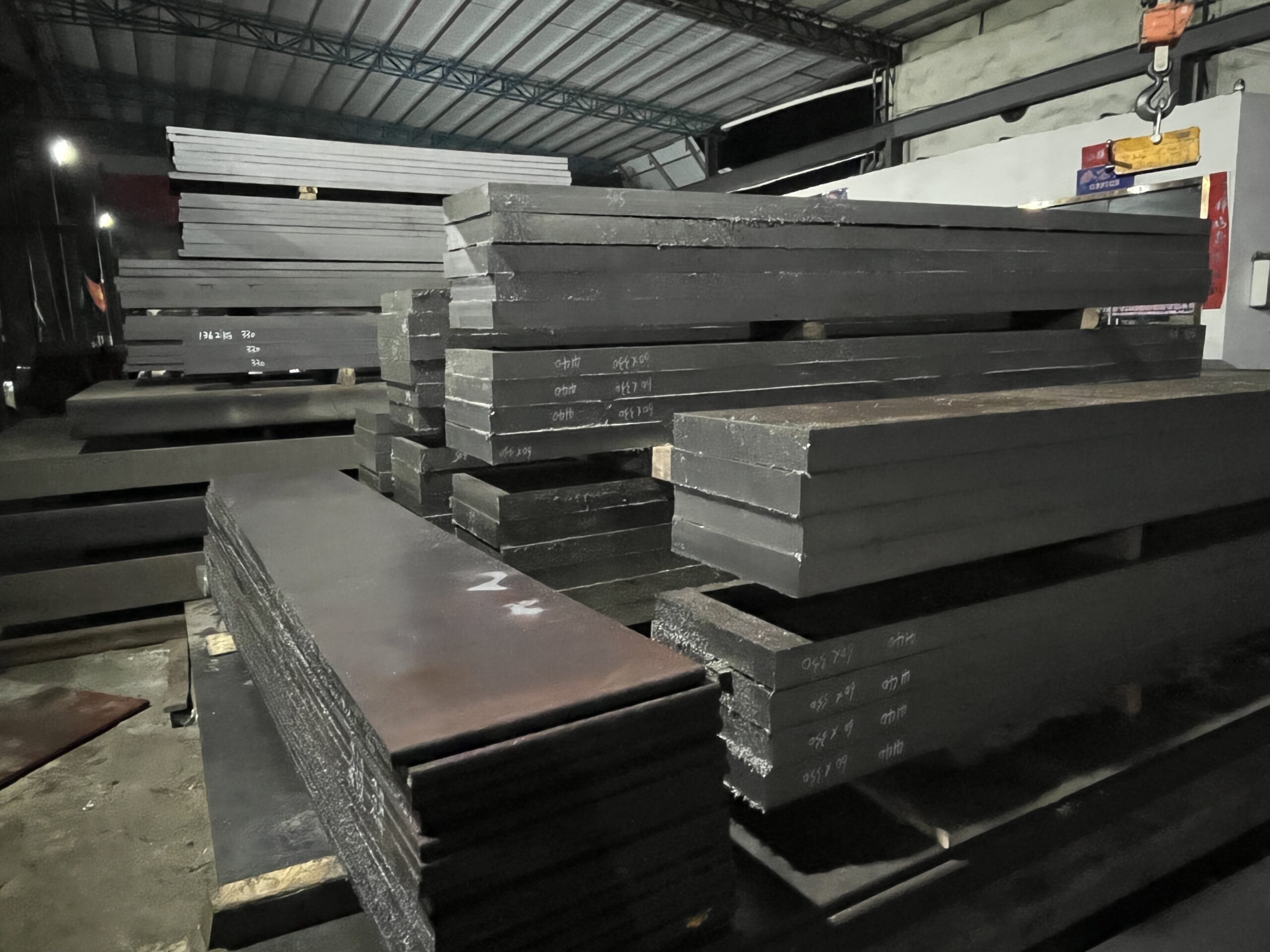
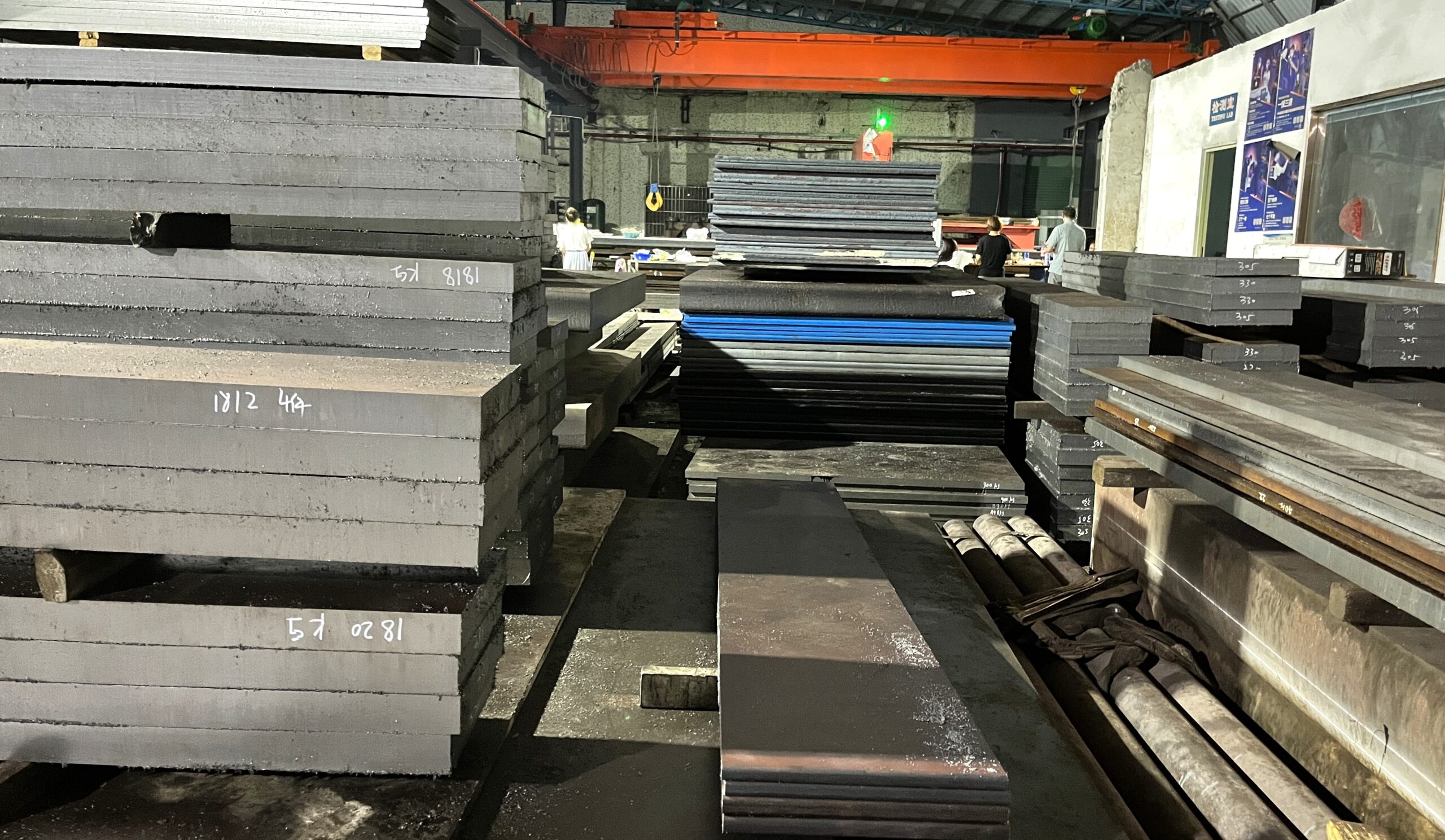 P20 Steel application
P20 Steel application Name: Joann
Name: Joann